A Dose of Reality Lab
When Issey Miyake developed his new fashion range 132 5 the team had to look again at shapes, fabrics and concepts. The range used 2-dimensional geometric shapes that folded down to be completely flat.
The exhibition “Reality Lab” takes the development of the collection as a starting point for exploring other new uses for materials and techniques, and for looking a-new at old ideas.
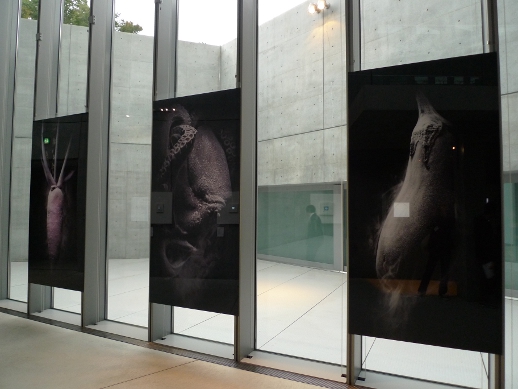
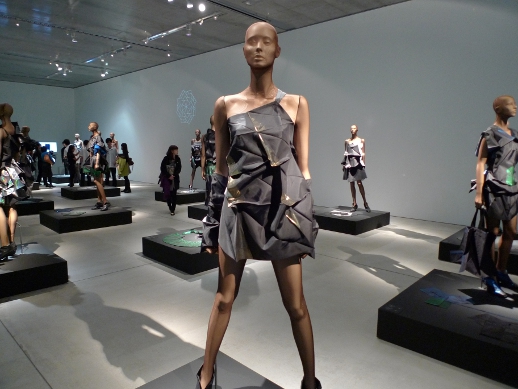
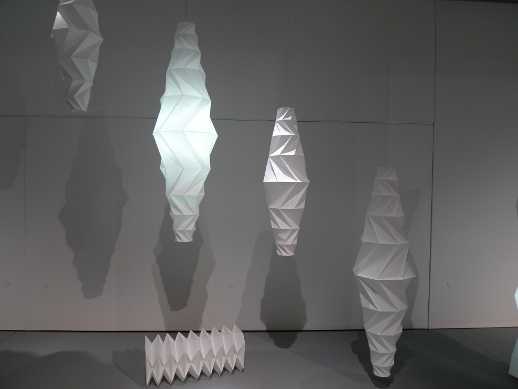
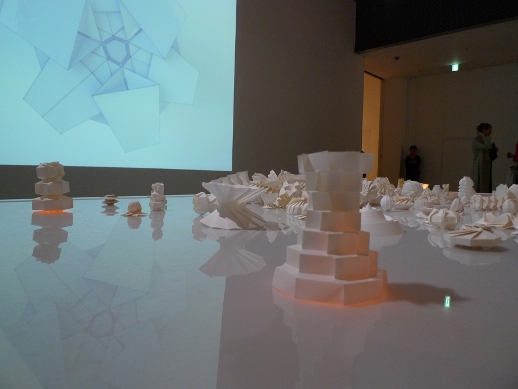
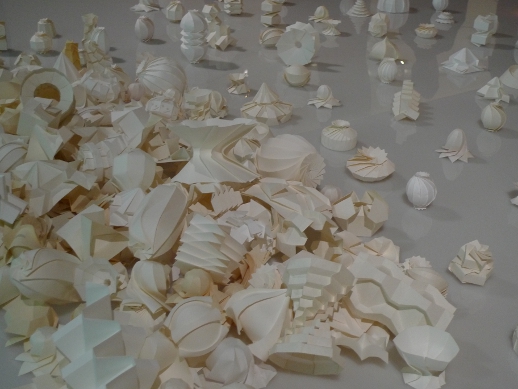
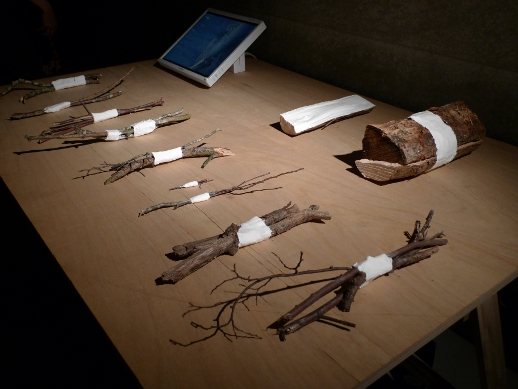
William Andrews
William Andrews


